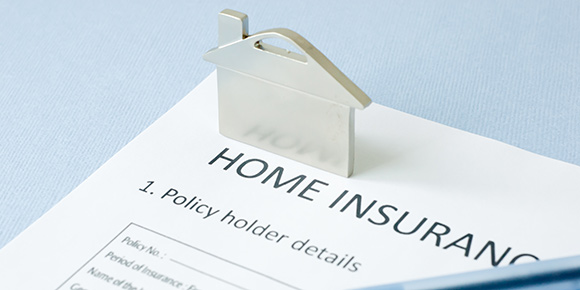by Todd Lewys
It’s something that’s an indispensable part of becoming a home owner: purchasing home insurance.
And while it’s another expense that comes with buying a home, it’s a necessity. You can’t secure a mortgage without it and, likewise, won’t survive any unforeseen calamities without it.
In a nutshell, home insurance covers your home, its contents and personal liability.
It also covers dependents attending school, college or university living in the home or temporarily living away from your insured residence.
Should you share a home with a friend or relative — or rent out part of your home — you must also have home insurance.
While every home owner’s circumstance is different, there are some fundamentals you should follow to get the home insurance that best meets your needs and budget, says Ron Reider, owner of Reider Insurance.
“One of the best recommendations I can make is to go with an increased deductible,” he says. “Doing that can save you about 15 per cent and will give you a four per cent payback. You can save about $150 plus PST on your discount, or $162 total.”
Reider also says it pays to go with a comprehensive policy rather than a basic or broad home insurance policy.
“From a coverage perspective, I always tell clients to choose a comprehensive policy. While there’s little difference in cost, there’s a huge difference in coverage when you compare a comprehensive policy to a basic or broad policy. It’s far superior.”
Further to that, Reider says to make sure to purchase more water damage coverage than you think you’ll need.
“Most people don’t have enough,” he says. “Damage from overland flooding or sewer overflow can be severe, so it’s best to go with a comprehensive policy that has a $1,000 deductible.”
Another type of coverage most people don’t have enough of is liability coverage, he adds.
“It’s inexpensive and is a must to have, especially if you have a pool. There’s the possibility there will be slip-and-fall accidents, and such accidents can happen to more than one person.”
Reider also recommends doubling liability coverage. What does it cost to do that?
“About $12 to $15 per year, or about a dollar per month,” Reider says. “It’s a very worthwhile investment.”
Bearing in mind that your home is vulnerable not only to water damage but to fire and theft, here’s another tip: insure your home for rebuilding costs.
At the same time, make sure valuable items in your home are insured for replacement cost, not dollar value.
Taking the replacement cost route will ensure you get the full dollar value for lost or damaged items, while dollar value may offer only partial replacement cost on items such as computers or televisions, which de-value as they age.
Also make sure to review your home inventory each year when you renew your home insurance policy.
A thorough inventory of your home’s contents — and the associated value of the contents — will help you and your insurance broker arrive at adequate coverage.
Should you need to make a claim, an accurate home inventory will aid in receiving proper compensation.
And if you own high-value items such as fine art, furniture or jewellery, consider purchasing additional coverage for such items.
Why?
Simple: the value of those items is often derived from their condition. Consequently, if an item is lost, it’s impossible to determine its condition or value.
Here’s where that extra coverage comes in: when an item’s value is determined in advance, you’ll get full replacement cost for that item.
In short, it makes sense to go the comprehensive route when it comes time to purchase home insurance coverage, says Reider.
“Going with a comprehensive home insurance policy doesn’t cost much more than going with a basic or broad policy. As I said earlier, that small difference in cost will make a huge difference in coverage when it comes time to use it.”



